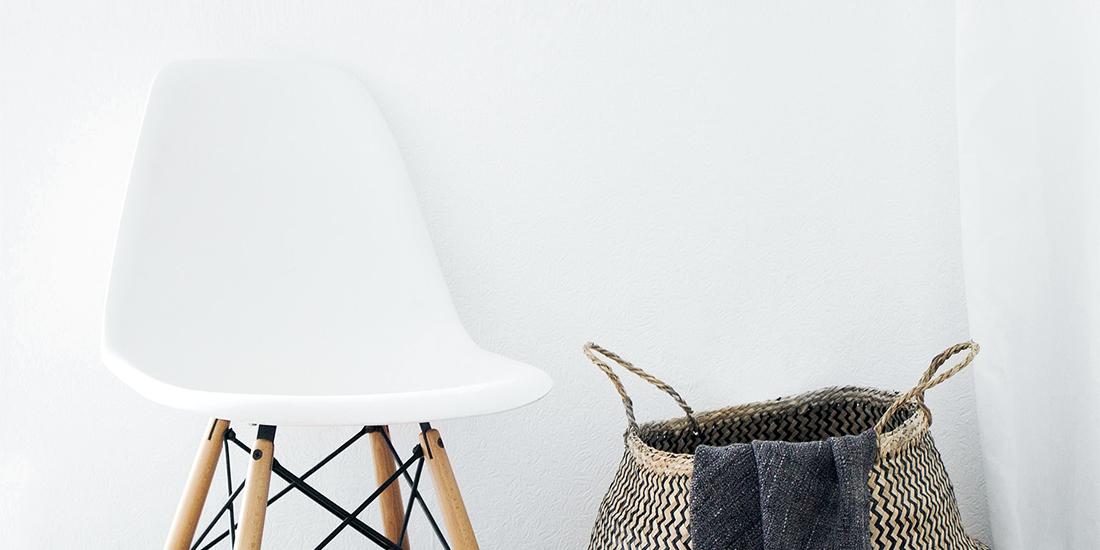
Q: There’s a small hole in the drywall in my mud room that needs to be fixed before I host family over the holidays. Is it possible to repair it myself?
A: I usually recommend hiring a drywall professional. However, it 可以 be difficult to hire one for such a small project on short notice. 但你 可以 自己动手.
You’ll need some basic drywall tools and materials including a level, 干片, drywall saw and knives (4” and 6”), 干锅, drywall joint compound (“drywall mud”), 磁带, 砂纸, 防尘口罩, 和螺丝, 举几个例子. Once you understand the overall process and have everything you need, you’re ready to repair the drywall.
Step 1: Protect Your Floor
Put down floor protection and have a vacuum ready.
Step 2: Prep the Hole and Place the Patch
Using a framing square or level, draw a square on the drywall around the damaged area. Cut along the sides of the square with a drywall saw and remove the cutout.
Install a piece of wood to act as a backer, securing it with screws. Be careful to seat the screws just below the flush, but not so deep that it breaks the drywall.
Place the 干片 (cut to size) in the hole.
Step 3: Mud and Tape Patch Seams
Using joint compound and 磁带 will help hide the seams and prevent cracks down the road.
Simply apply mud to the patch’s seam using a 4” drywall knife. Make sure the layer of mud exceeds the length of your seams by an inch on each side.
Cut 磁带 an inch or so wider than the seam. Press it onto the mud, using a drywall knife to 平ten it. Use the knife to remove any excess mud from the 磁带’s edges.
Repeat these steps for the remaining seams of your patch, making sure the 磁带 overlaps at the corners.
Apply a thin coat of mud on top of the 磁带 using a 6” or wider drywall knife and feather out the edges of the mud to prevent ridges.
Clean your tools with water and let dry overnight.
Step 4: Apply the Next Coat of Mud and Feather Out
The mud is used to fill the seams, but also to feather out the buildup on the surface so it looks 平. The farther out the feathering goes, the harder it is to see the seams.
Using your 6” drywall knife, apply the proper amount of mud (well-mixed and smooth). Transfer the mud with your knife into a 干锅. Holding the pan in one hand, use the knife to apply mud with your other hand.
构建 up enough thickness to make the 磁带 disappear, feathering it at least 6” beyond the 磁带.
After you’ve built up the mud in the designated area, take your widest knife and skim the mud to make it smooth, 平, 把羽毛剪掉. This helps to reduce the amount of sanding later.
Clean your tools with water and let dry overnight.
Step 5: Sand the Mud and Apply a Few More Coats
Using a drywall sanding pad and drywall 砂纸, carefully sand the mud as 平 as possible without exposing the 磁带. The transition from the mud’s edges and the original wall surface should be smooth with no ridges.
Repeat steps 4 and 5 for additional coats as needed, feathering out the mud farther.
Let it dry and sand smooth again.
You 可以 now apply texture to match the original wall. If using 可以s of spray texture, read and follow directions for proper application, making sure to practice on a spare scrap of cardboard or drywall beforehand. Multiple coats may be needed to match the rest of the wall.
第六步:清洁和油漆
You 可以 prime the new spot, but I recommend painting the entire wall from corner to corner for the best possible match.
In the end, don’t worry if it doesn’t look perfect—your patch 可以 always be fixed later. 不出意外的话, you will have achieved a better understanding of plaster and drywall by doing it yourself.
Now go and enjoy your holiday gathering!
Daniel Westbrook is the owner of 韦斯特布鲁克修复 in Seattle, a member of the Master 建筑商 Association of King and Snohomish Counties (MBAKS). If you have a home improvement, 重构, or residential home建筑 question you’d like answered by one of MBAKS’ more than 2,700个成员, 写信给 homework@livingatepperson.com.